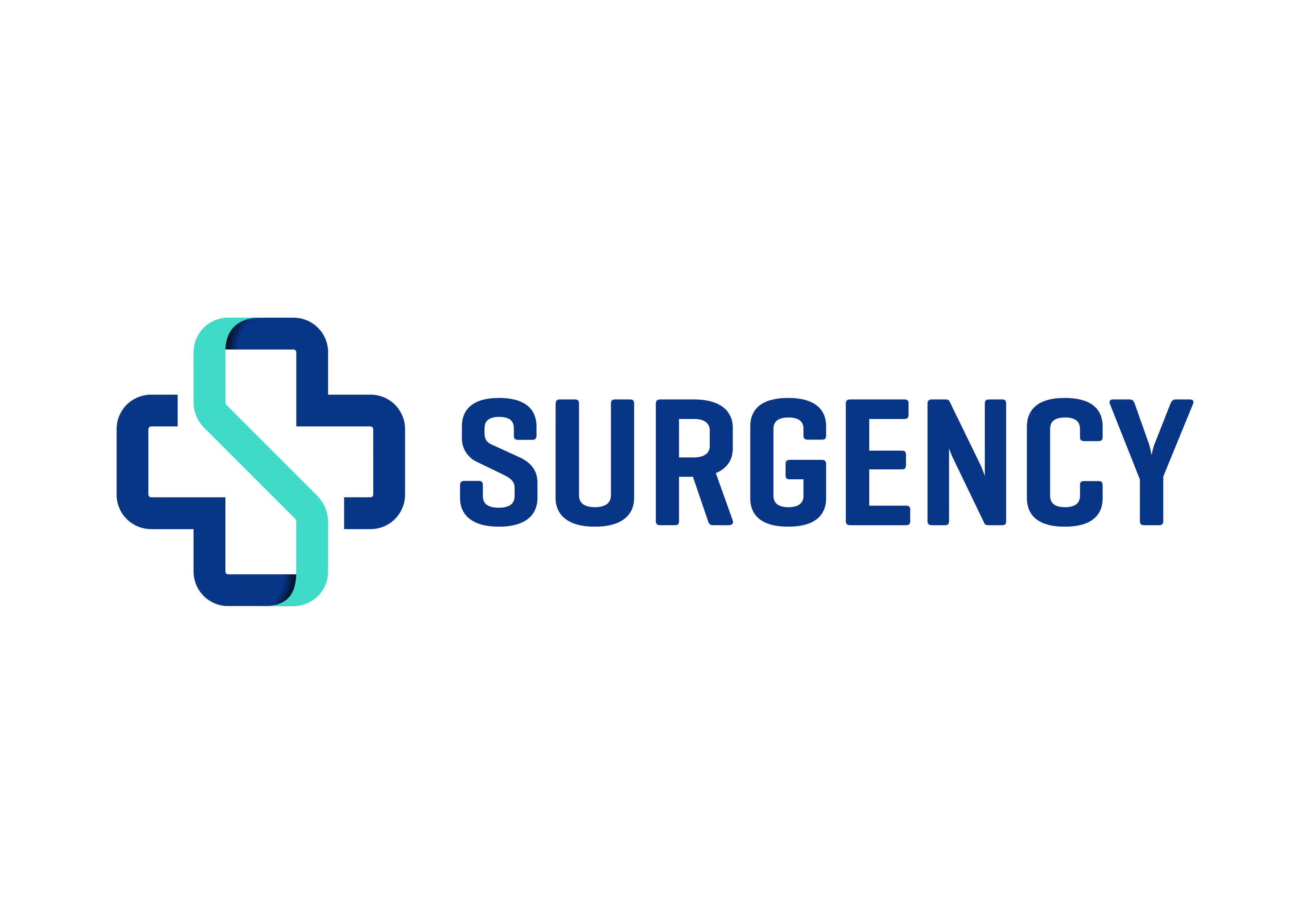Why Canadians look for private hip arthroscopy
Hip arthroscopy can address femoroacetabular impingement (FAI), labral tears, cartilage damage, and loose bodies. When access is delayed, daily life and long‑term joint health can suffer.
- Mobility loss and lifestyle disruption: Pain with sitting, stairs, getting in/out of a car, or sport.
- Impact on work and sport: Missed seasons, reduced hours, or job limitations for active and manual roles.
- Clinical risk of delay: Ongoing impingement and labral pathology can increase cartilage wear over time, making recovery harder and potentially accelerating joint degeneration.
How long is the wait for hip arthroscopy in Canada?
Wait times vary by province, hospital, and surgeon. Subspecialty hip preservation programs are limited in many regions, so patients can face multi‑month waits from referral to consult, then additional months to surgery. All in, it could take a year or more.
If your symptoms are escalating or timing affects work or sport, exploring private options can align care with your goals. Ask your local care team for current estimates in your area.
You can also search for up to date wait times at the following locations:
How much does private Hip Arthroscopy cost in Canada?
Private hip arthroscopy varies between $15,000 to $25,000, but can be higher depending on the complexity of the underlying issue(s). While individual quotes vary, expect a five‑figure total reflecting:
Most quotes for private hip arthroscopy cover:
- Surgeon fee (and assistant if used) and anesthesiologist/general anesthesia.
- Facility fees (OR time, nursing, standard supplies, arthroscopy tower).
- Standard implants/anchors and disposable instruments for routine labral repair/FAI work.
- Immediate post‑op recovery care and routine early follow‑ups (wound check, suture removal).
- Basic discharge items and initial rehab instructions (sometimes a brace/crutches if bundled).
What’s usually not included:
- Pre‑op consults and advanced imaging beyond basics (MRI arthrogram, CT for 3D mapping).
- Specialty implants/extra anchors for complex or revision cases.
- Braces, continuous‑passive‑motion devices, or additional equipment if not bundled.
- Unexpected overnight admission, additional imaging, or management of complications beyond the routine global period.
- Formal physiotherapy beyond initial guidance (ongoing PT sessions are usually out‑of‑pocket/insurance).
- Post‑discharge medications (pain meds, anti‑nausea).
- Travel and accommodation if out‑of‑province.
U.S. self‑pay totals are often higher due to market rates and billing structures. Canadian private options can offer clearer, more predictable pricing for some patients. If you’re comparing international options, include travel, accommodations, and the feasibility of follow‑up care.

Factors that influence the cost
- Clinical complexity
- Labral repair vs reconstruction (reconstruction can require more graft material and time)
- Severity of FAI (cam/pincer resection extent) and capsular work
- Cartilage treatment (microfracture, chondroplasty) and loose body removal
- Surgeon’s experience and credentials
- FRCSC in Orthopedic Surgery; hip preservation/arthroscopy fellowship; annual case volume in hip arthroscopy
- Facility location
- Province and city influence fees and travel; hospital‑adjacent vs ambulatory centre affects overhead
- Additional diagnostics and rehab
- Advanced imaging (MRI/CT), injection diagnostics, bracing, cold‑therapy, and structured physiotherapy packages
Is It covered by insurance?
Public plans (OHIP, MSP, etc.) do not cover private‑pay hip arthroscopies performed outside the public system in Canada. That means if you go the private route in Canada or go out of country, it is not eligible for public coverage.
That said, some of the cost may be eligible for coverage under extended benefits, worker's compensation, and the Medical Expense Tax Credit (METC):
- Extended benefits and workers’ compensation: Some plans may support elements like diagnostics, bracing, or physiotherapy. Occupational or sport‑related coverage varies—confirm with your insurer or WCB/WSIB.
- Tax considerations: Many patients track eligible, unreimbursed costs for Canada’s METC. Keep itemized invoices, proof of payment, and travel logs. Read more on how to claim the METC here.
For more details on financing private surgery in Canada, see here.
Legal and regulatory considerations
Private surgery has always been legal in Canada, even after the Canada Health Act in 1984. However, there are several important considerations:
- No private pay for covered procedures in your home province. If a surgery is covered in your province, then you must go out-of-province in order to get surgery. The one exception is if the surgeon has opted out of the public healthcare system.
- You can pay privately for uninsured procedures. If your province does not cover a procedure, then it is considered elective, and you can get surgery in your home province (i.e. breast augmentation, liposuction, etc.).
Your surgeon must be licensed in the province where care is delivered. Facilities should be accredited, with qualified anesthesia and a hospital transfer plan. Reputable providers share clear information on scope, costs, and risks. You should never be pressured to bypass regulations or make rushed decisions.
For more information on the legality of private surgery in Canada, see here.
Weighing the benefits beyond cost
There are a number of reasons Canadians pursue private hip arthroscopy, but the three main ones are faster access, control, and clarity.
- Faster access can protect long‑term function. Addressing FAI and labral pathology sooner may help protect cartilage and function.
- Private surgery offers you control because you choose your surgeon: choose based on experience, location, approach, and general connection.
- Clarity on timing helps you manage school, contracts, family schedules, and team commitments with less stress.

How to Explore Your Options with Surgency
We were founded by a Canadian physician who still practices in the public healthcare system, in order to help patients compare private surgical options safely and confidently.
- Browse providers: See accredited clinics and surgeon credentials across provinces.
- Compare transparently: Location, experience, and sometimes cost guidance in one place.
- Book consults online: Start virtually to confirm fit before you travel.
Visit our app today.
Step‑by‑step
- Gather your records: Imaging reports, consult notes, medication list, and a brief history of your elbow injury.
- Explore options: Compare providers and locations that match your timing and support network.
- Request an itemized estimate: Surgeon, facility, anesthesia, graft/device, diagnostics, follow‑ups—plus what could change.
- Confirm the plan: Surgical approach, rehab milestones, in‑city stay (often several days), and virtual follow‑ups after you return home.
- Prepare logistics: Travel, accommodations near the clinic, and early‑phase help for daily living.
- Keep documentation: Receipts and travel logs for potential METC claims.
Conclusion
Public wait times for hip arthroscopy can be lengthy, and eligibility differs by province. Private options provide choice over timing, surgeon, and setting—when pursued legally with licensed surgeons and accredited clinics.
Make an informed decision: understand the full surgery cost, verify credentials, and secure a clear rehab plan. When you’re ready, explore vetted options and schedule your first consult through Surgency, so you can move from waiting to healing with confidence.
Compare private hip arthroscopy surgery providers on Surgency. Browse surgeons.




